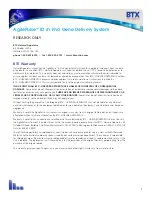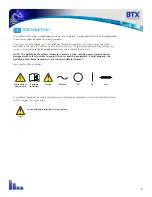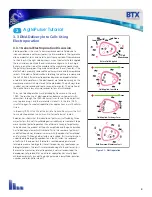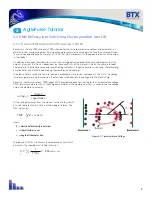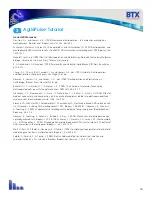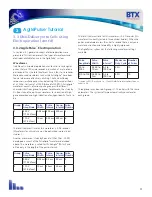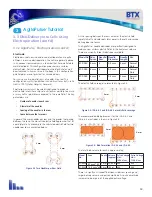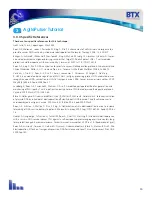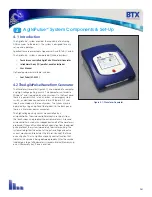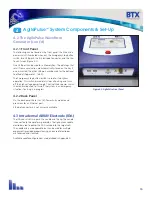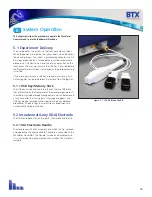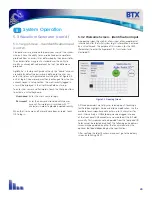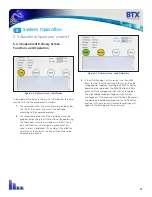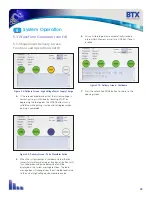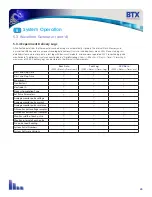
8
Ions
Gene
Cell
Membrane
Before Field Applied
Field Applied-Ions Move
Field Applied-Pathways Form
Field Removed-Membrane Seals
Figure 3-1: Electroporation
3.3 DNA Delivery Into Cells Using
Electroporation
3.3.1 General Electroporation Discussion
Electroporation is the use of a transmembrane electric field pulse to
induce microscopic pathways (pores) in a bio-membrane. Their presence
allows molecules, ions, and water to pass from one side of the membrane
to the other. As the right side bar shows, when the electric field is applied
the ions inside and outside the cell membrane migrate. As the charge
builds up on either side of the membrane the membrane weakens and
the pathways form permitting material outside of the cell to enter. If the
electric field is promptly removed the pathways close and the membrane
reseals. If the electric field duration is too long the pathways increase and
the cell is killed. Efficient electroporation depends on proper selection
of electric field waveforms. The electropores are located primarily on the
membrane areas which are closest to the electrodes. The pathways form
in about a microsecond and seal in seconds to minutes. The duration of
the electric field is tens of microseconds to tens of milliseconds.
The use of electroporation was described by Neumann in the early
1980. The routine use of electroporation became very popular with
researchers through the 1980s because it was found to be a practical
way to place drugs, or other molecules into cells. In the late 1980s,
scientists began to use electroporation for applications in multi-cellular
tissue.
In the early 1990’s Lluis Mir of the Institute Gustave-Roussy was the first
to use electroporation in a human trial to treat external tumors.
Research has shown that the induction of pathways is affected by three
major factors. First, cell-to-cell biological variability causes some cells to be
more sensitive to electroporation than other cells. Second, for pathways
to be induced, the product of the pulse amplitude and the pulse duration
has to be above a lower limit threshold. Third, the number of pathways
and effective pathway diameter increases with the product of “amplitude”
and “duration.” Although other factors are involved, this threshold is now
understood to be largely dependent on a fourth factor, the reciprocal
of cell size. If the upper limit threshold is reached pore diameter and
total pore area are too large for the cell to repair by any spontaneous or
biological process. The result is irreversible damage to the cell or cell lysis.
Because the mechanism of electroporation is not well understood, the
development of protocols for a particular application has usually been
achieved empirically, by adjusting pulse parameters (amplitude, duration,
number, and inter-pulse interval).
AgilePulse
™
Tutorial
3


